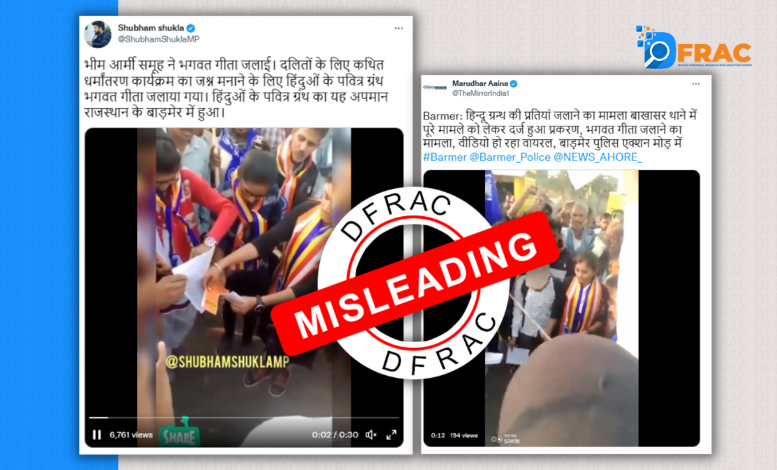There is an interesting case in Mumbai High Court, which will decide whether India will have a censor—fact check unit for social media in India. The case is filed by satirist Kunal Kamra, the Editors Guild of India and the Association of Indian Magazine and regional channels challenging the constitutional validity of the IT (Intermediary Guidelines and Digital Media Ethics Code) Amendment Rules, 2023. The new Rules require social media intermediaries to censor or otherwise modify content that relates to the Central government if a government-mandated fact-checking unit (FCU) directs them to do so.
The court which is yet to give final verdict on the issue has said, “The wordings of the IT Rule with words like fake, false and misleading are problematic. Those are the only three criteria [to flag content as false]. We don’t know the business of the Central government. The expression like fake is extremely problematic. One might argue something is false. Falsity puts us in a binary; fake doesn’t even attempt to do that. The word ‘misleading’ in the Rules is an extremely problematic area since it is an opinion. Calling something “misleading” is subjective, what is misleading for one may not necessarily be misleading for another,” the Bench noted.
Clearly the Mumbai High court is sensing some issues which it feels is an effort at censorship of social media and the conventional media by these IT Amendment rules, which are ultra vires of the constitution which provides freedom of expression for the citizens.
As of now the government through its Press Information Bureau,(PIB) has established a Fact Check Unit, where anyone can refer any issue to the unit for verification. But his mandate is not enough to enforce a censorship going by the categories which the unit is mandated to look at.
The FCU as of now is to look at whether the matter is “fake, misleading, or true”. And anyone can refer an issue to them for verification. With the IT amendment rule of 2023, the government appeared to expand the FCU to entire social media with added clauses which the court finds subjective in its initial observations.
Words like Misleading, problematic and fake can be interpreted to suit any situation resulting in total censorship in favour of a government, administratively or politically. For instance a story against a project and its failure can be in the “misleading” for the administration. A negative news story for social media posts about a Minister can be “problematic” for the ruling political party. A video like that emerged from Manipur about a rape incident can be “fake” as it does not suit both State and Central government. In effect the proposed IT amendment is going to have an effect of censorship which will arbitrate the information flow through various news and social media channels and “violators” will be punished.
No wonder the Editors Guild of India, Association of Indian Magazine and regional channels have approached the courts against it at the High Court level itself. If the Amendment is stopped at the Lower court level or referred to Supreme Court for constitutional validity the conventional or social media has some relief or we are in for limits to freedom of expression as anything in mainline or social media which is not palatable to the ruling establishment can invite legal actions.





